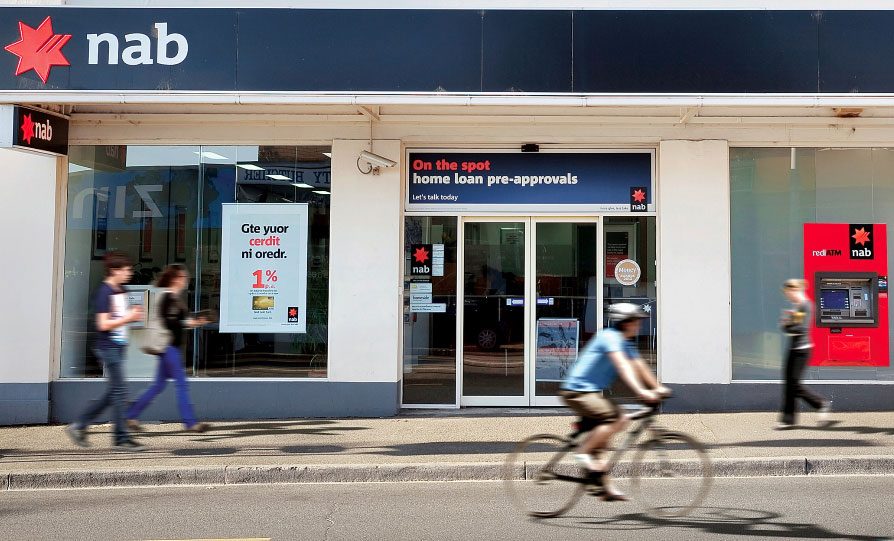This article is from the Australian Property Journal archive
THE Australian Prudential Regulation Authority has ordered the major banks to raise additional capital as it signals further action to mitigate risks in residential mortgages.
This is the second time in two years the banks have been required to raise capital.
The banking regulator has raised the four major banks common equity Tier 1 ratio – a gauge of a lender’s strength – to at least 10.5%, which on average, is around 100 basis points above their December 2016 levels. In meeting this new benchmark, the four major banks will have, on average, increased their CET1 ratios by the equivalent of more than 250 basis points since 2015.
APRA will set prudential standards to achieve this outcome by effectively increasing requirements for all banks by the equivalent of around 150 basis points.
According to Morgan Stanley analyst Richard Wiles, every 50 basis point above 10% equates to nearly $2.2 billion in additional capital. Two years ago, the first measure saw the four banks raise additional $20 billion.
For other ADIs, the effective increase in capital requirements to meet the ‘unquestionably strong’ benchmark will be around 50 basis points. All banks are expected to meet the new benchmarks by 1 January 2020.
“APRA’s objective in establishing unquestionably strong capital requirements is to establish a banking system that can readily withstand periods of adversity without jeopardising its core function of financial intermediation for the Australian community,” APRA chairman Wayne Byres said.
“Today’s announcement is the culmination of nearly a decade’s financial reform work aimed at building capital strength in the financial system following the global financial crisis. Australia has a robust and profitable banking industry and APRA believes this latest capital strengthening can be achieved in an orderly way.
“Capital levels that are unquestionably strong will undoubtedly equip the Australian banking sector to better handle adversity in the future, and reduce the need for public sector support. However, a strong capital position still needs to be complemented by sound governance and risk management within ADIs, and on-going proactive supervision by APRA,” Byres said.
Meanwhile later in the year, the banking regulator will release a discussion paper on proposed revisions to the capital framework.
The regulator said the paper will outline the direction of APRA’s implementation of the forthcoming Basel III changes to risk weights as well as measures to address Australian banks’ structural concentration of exposures to residential mortgages.
Ratings agency Fitch said the new capital requirements will strengthen Australian banks and bolster the banking system’s resilience to downturns.
“The four major banks should all be able to meet the requirements comfortably through internal capital generation and existing dividend re-investment programmes,” Fitch senior director Tim Roche said.
“It is possible that the major banks will issue fresh equity if they see a benefit in raising the extra capital ahead of schedule.
“There is also a chance that lending rates could be increased to offset the cost of holding more capital. However, the new capital requirements are unlikely to create significant pressures for any of the four major banks, with APRA estimating that the additional capital could be raised by the deadline without any changes in business growth plans or dividend policies,” he noted.
APRA’s latest move comes as analysts warn that the residential property market is a “powder keg” which could explode if interest rates were to increase rapidly.
Earlier this week, Deloitte Access Economics partner Chris Richardson’s report, “Housing prices: Gravity starts to catch up with stupidity”, said Australia’s high household debt will become a major headache for the Reserve Bank.
The report said concerns over the unprecedented high level of household debt, low wage growth and elevated property prices, will force the RBA to act slowly in raising interest rates.
“Australia’s heavily indebted families are now the Reserve Bank’s problem, which is why, although interest rates will indeed rise in the next few years, they won’t rise sharply,” Richardson said.
A UBS report last week said as long as the RBA holds interest rates steady, the housing market is unlikely to crash.
“Macroprudential policy tightening (including caps on credit growth and interest only loans) is likely to lead to some ongoing tightening of credit conditions and higher mortgage rates that will weigh on housing demand ahead,” UBS analysts George Tharenou, Scott Haslem and Jim Xu said.
“However, it still seems likely that interest rates will remain the dominant driver of the cycle. Indeed, historically, approvals only slumped after a significant RBA rate hike cycle, which is still quite unlikely, at least over the coming year,” they said.
“But we are watching the vacancy rate as a key indicator of the supply/demand balance.
“If vacancy did jump ahead, causing house prices to fall over the coming years, then the incentive to ‘walk away’ would materially rise, and the risk of a negative feedback loop to the real economy (especially via the ‘household wealth effect’ on consumption) would increase.
“Nonetheless, under our base-case view of a ‘correction but not a collapse’, we see a ‘muddle-through’ outcome, which leaves the RBA holding the cash rate steady over the coming year,” they said.
Australian Property Journal




